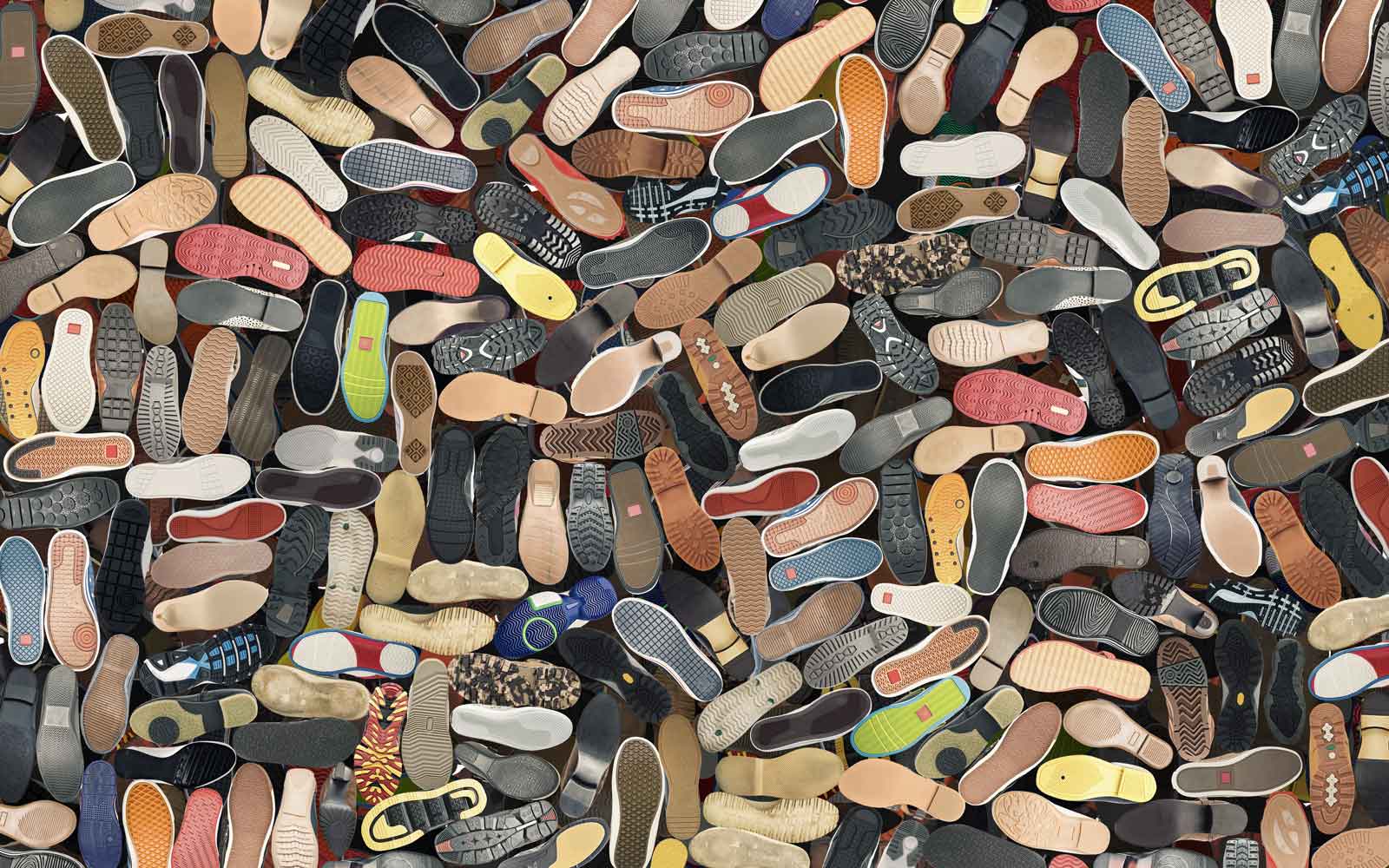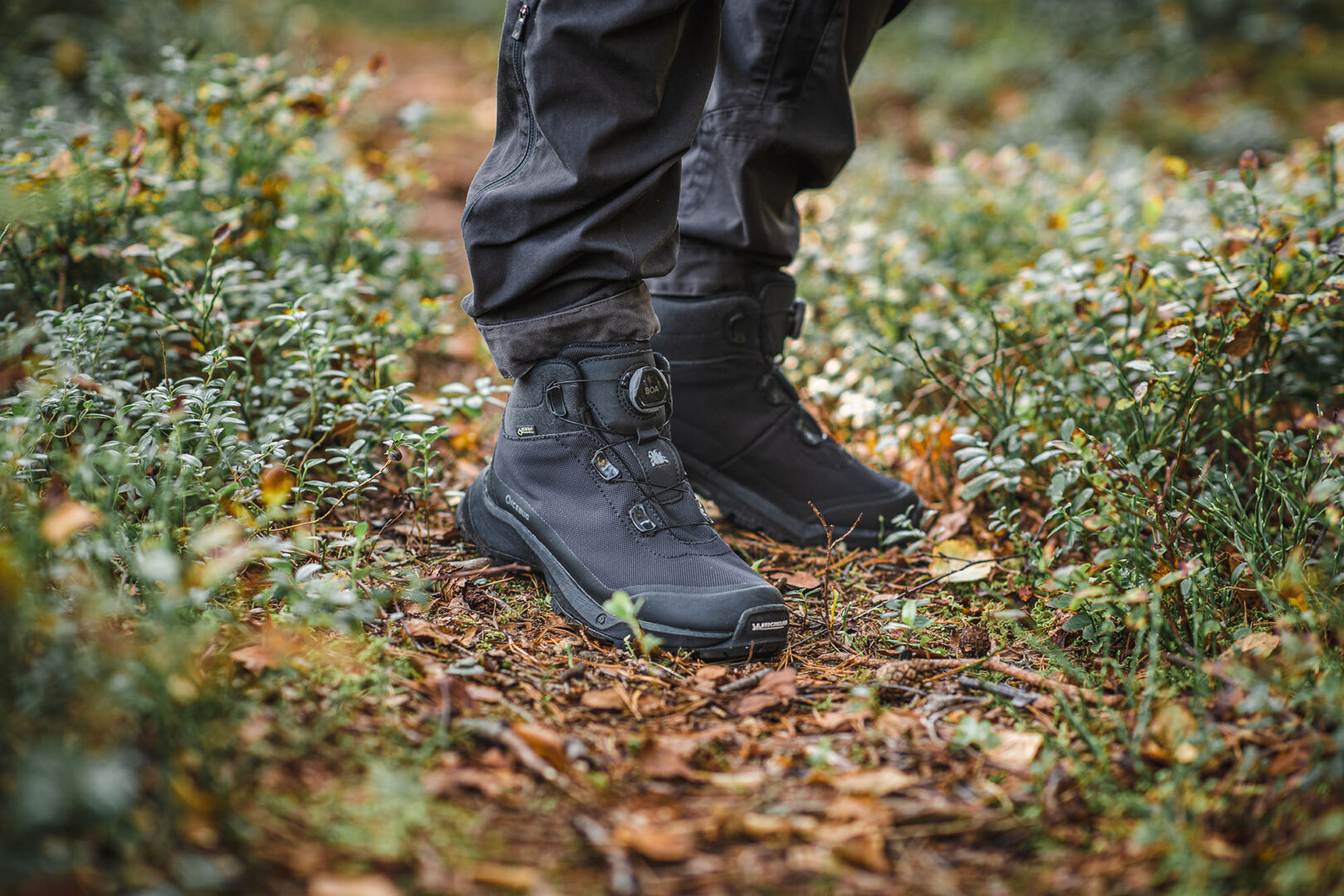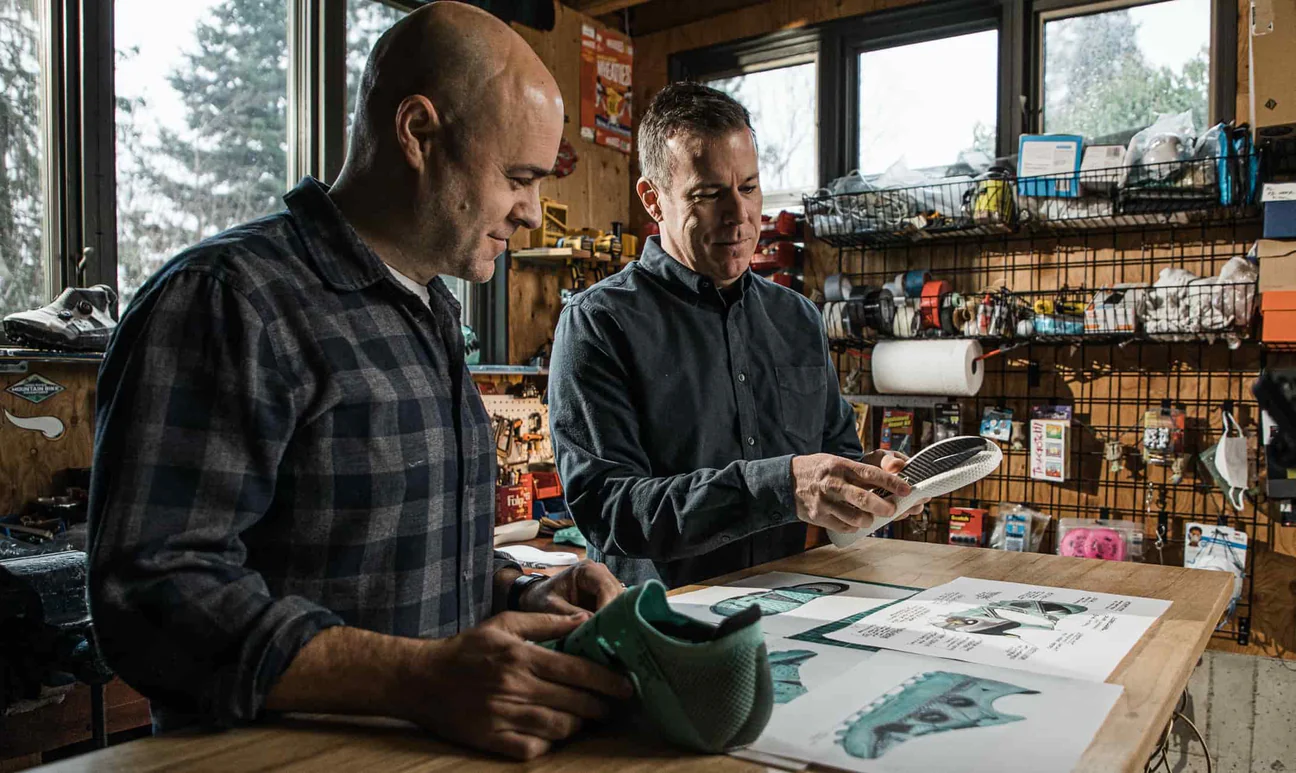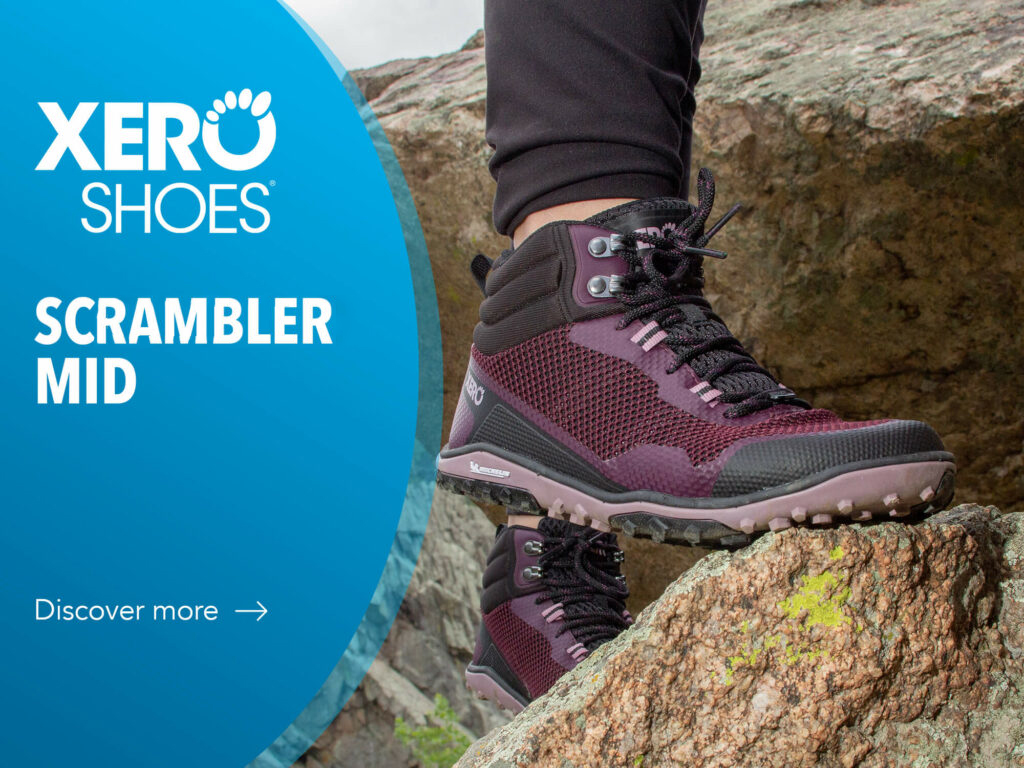In the world of athletic footwear, few brands are able to combine experience, innovation, and style in one package. One of these brands is Speedland, which by focusing specifically on trail running has brought forth a unique vision that has revolutionized the running shoe industry. Together with Dave Dombrow and Kevin Fallon, the company’s founders, we delve into the origins of their decision to embark on this journey and how they reconcile functionality and aesthetics in the shoe design process.
The story of Speedland has been shaped by the decades of experience its founders have in the footwear industry, working closely with some of the most renowned brands in the field. This deep knowledge and expertise have provided them with a broad perspective on runners’ needs and the opportunity to create something extraordinary. Embarking on this journey together, they decided to specifically focus on the world of trail running, a discipline that demands highly performing and durable shoes.
As they point out:
Our products are built to last. Quality can’t be borrowed or bargained for. But it can be built.
We asked Dave and Kevin a few questions.
Speedland was born out of your decades of experience with some of the biggest brands in the footwear world. Can you tell us how you decided to take this path together? How come you focused specifically on the world of trail running?
We have worked together for over 2 decades. While we both studied and trained as industrial designers, our individual strengths and skill sets complimented each other. Kevin’s career has led him more toward the engineering/innovation side while Dave’s focus has been more on concept, styling and creative direction.
Together we make a strong team that can offer new fresh solutions. Both Kevin and Dave also have a passion for the Outdoors. We noticed that ultrarunners were doing amazing things but possibly not getting as much attention on the product side as roadrunners.
With that in mind we saw white space to be hyper focused on the world of trail running and bring innovative tech solutions, taking a more equipment minded approach.
Shoes must offer exceptional performance, providing comfort, cushioning, and stability, but they must also look attractive to meet runners’ preferences.
How is functionality balanced with aesthetics in the running shoe design process? What are the common challenges in this process?
In the case of Speedland everything goes back to the Athlete and we base almost every product decision off functionality.
How can we make traction, fit, cushioning, stability, etc better. In many cases the most beautiful aesthetics can be created or driven from a new innovative solution. At Speedland we don’t actually want to make products that are not “better” in some way.
No compromises is the core of who we are and how we approach the entire design process.
We asked Dave and Kevin how the idea of collaborating with the Michelin brand and using the “Fiberlite” technology developed by JV International came about.
It was important to us to collaborate with Michelin because we know that the Michelin team are compound / traction experts. This team has the ability to get hyper focused on a specific traction scenario and deliver the best possible solution.
With Fiberlite we are able to not only make our outsole lighter but also stronger which is critical in a sport like Trail Running where the product is tested with extreme forces in all climates.
So, Speedland continues to redefine standards in the world of trail running, offering innovative solutions that inspire and motivate runners to reach new heights. We are excited to see what the future holds for this brand that has proven to be a driving force in the running shoe industry.
You may also be interested in the following articles:

Run like the wind… with carbon fiber in the midsole of your running shoes
Your running shoes are a ball and chain. Meaning they might be comfortable, but slow you down compared to solutions that include a carbon fiber midsole. How so? Let’s find out qualities and performance of this material created to improve running shoes.

Different types of soles for shoes: choosing the right one for you
How many types of soles exist? What uses are shoe soles intended for? Let’s find out

Soles (and shoes) are not all the same
By learning to distinguish the differences and characteristics among different soles, it can help you choose the right shoes.














































